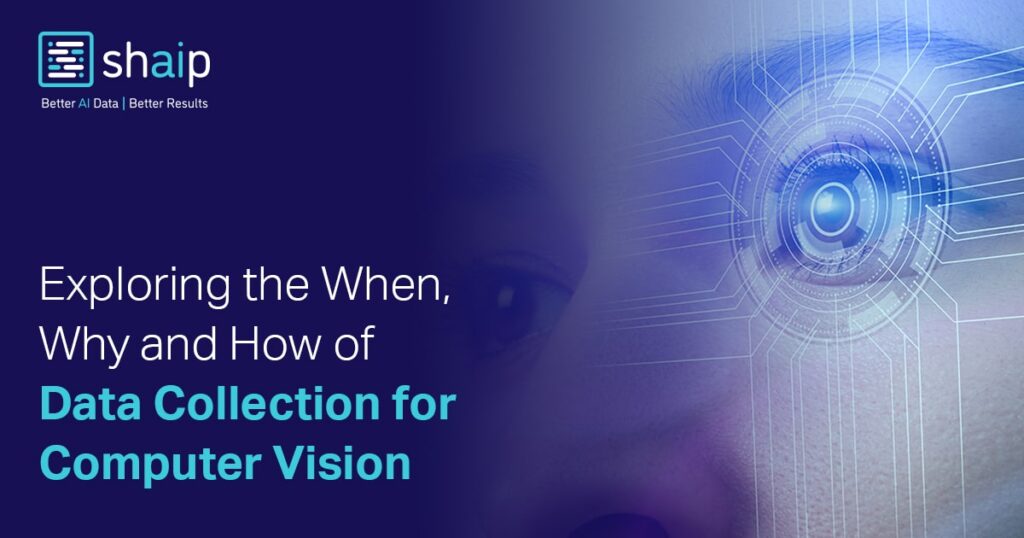The initial step in implementing computer vision-based applications is establishing a data collection strategy. It is crucial to gather accurate, dynamic, and substantial amounts of data before proceeding to tasks like labeling and image annotation. Despite its significance, data collection is often overlooked.
The data collected for computer vision should be able to function effectively in a complex and ever-changing environment. It is essential to use data that accurately reflects the evolving natural world to train machine learning systems.
Before delving into the essential qualities of a dataset and exploring proven methods of dataset creation, let’s address the reasons and timing of two key aspects of data collection.
Let’s start with the “why.”
Why is high-quality data collection crucial for developing CV applications?
According to a recent report, data collection has emerged as a significant challenge for companies in the computer vision field. Insufficient data (44%) and inadequate data coverage (47%) were among the primary issues faced. Furthermore, 57% of respondents believed that including more edge cases in the dataset could have reduced delays in ML training.
Data collection plays a pivotal role in developing ML and CV tools. It involves analyzing past events to identify recurring patterns, which are then used to train ML systems and create highly accurate predictive models.
The effectiveness of predictive CV models is directly linked to the quality of the training data. To develop a high-performing CV application or tool, it is essential to train the algorithm on error-free, diverse, relevant, and high-quality images.
Why is Data Collection a Critical and Challenging Task?
Gathering large volumes of valuable and high-quality data for computer vision applications can be a challenging task for businesses of all sizes.
So, what do companies typically do? They opt for computer vision data sourcing.
While open-source datasets may meet immediate requirements, they can also contain inaccuracies, legal issues, and bias. There is no guarantee that these datasets will be suitable for computer vision projects. Some drawbacks of using open-source datasets include:
- Poor quality of images and videos rendering the data unusable.
- Lack of diversity in the dataset.
- Inadequate labeling and annotation leading to underperforming models.
- Potential legal implications overlooked by the dataset.
Here, we address the timing aspect of data collection – the ‘when.’
When does bespoke data creation become the right strategy?
If the data collection methods employed do not yield desired results, a custom data collection approach becomes necessary. Custom datasets are tailored to the specific use case of your computer vision model, ensuring they are precisely suited for AI training.
With bespoke data creation, it is possible to eliminate bias and enhance the quality, dynamism, and density of the datasets. Additionally, edge cases can be accounted for, enabling the creation of a model that effectively addresses the complexities and unpredictability of the real world.


